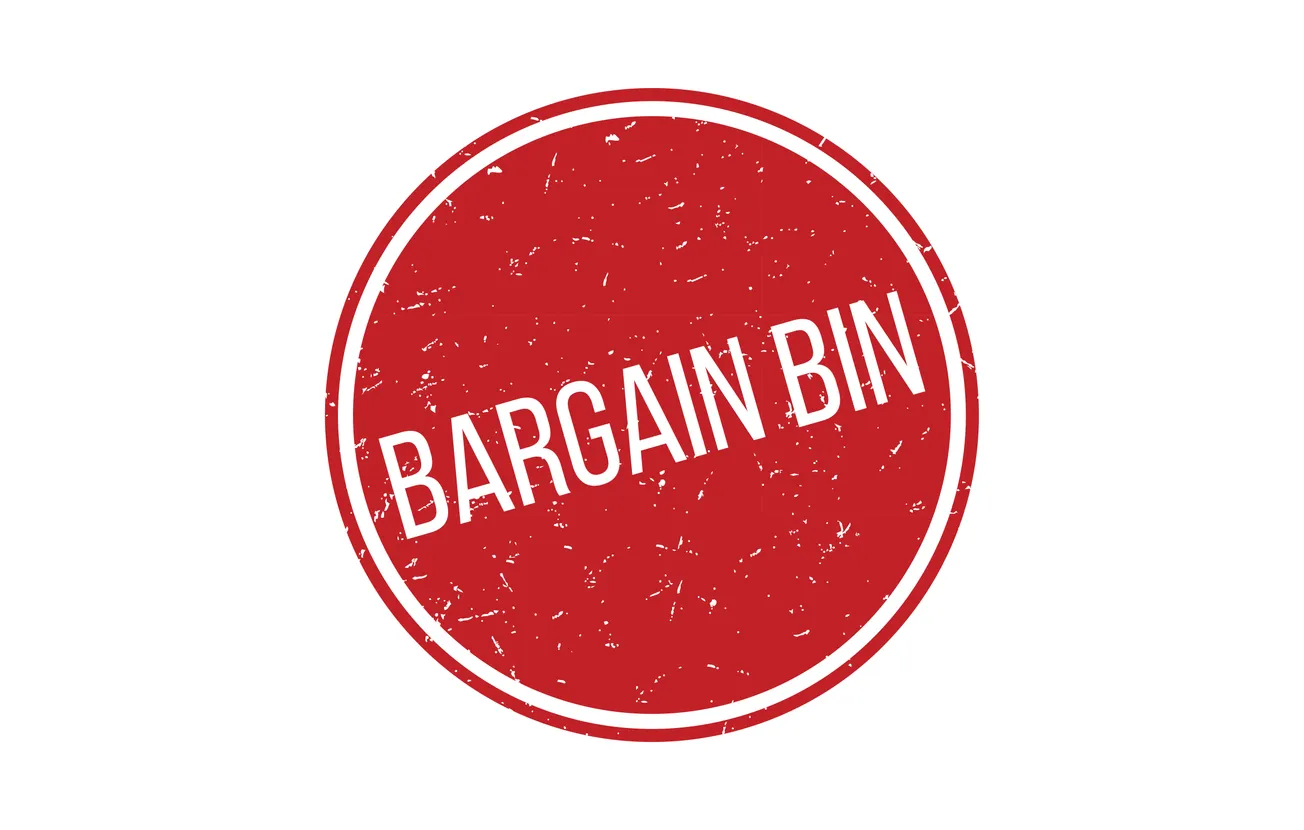In the first four months of 2024, e-commerce spending surged 7% year-over-year, reaching $331.6 billion, according to new figures from Adobe Analytics. The growth was driven by stable spending in discretionary categories such as electronics and apparel, and a continued surge in online grocery shopping.
Adobe projects that the first half of 2024 will exceed $500 billion in online sales, representing a 6.8% YoY growth. Despite not being adjusted for inflation, the figures highlight robust consumer spending.
Grocery saw the biggest jump, up almost 16 percent to $38.8 billion.
The electronics and apparel categories accounted for 34.5% of overall e-commerce spending, maintaining topline growth. Meanwhile, the cosmetics sector, profiled by Adobe for the first time, saw significant growth with $35 billion in online sales in 2023 (up 15.6% YoY). This trend continued in 2024, with cosmetics sales reaching $13.2 billion in the first four months, up 8% YoY.
A major trend identified by Adobe in the early months of 2024 is a shift towards less expensive products across various categories. Prices were categorized into four quartiles, and Adobe tracked the shift from January 2019 to April 2024.
The chart below shows increases in the share of the cheapest goods sold by category:
- Personal Care Up 96%
- Electronics Up 64%
- Apparel Up 47%
- Home/Garden Up 42%
- Furniture/Bedding: Up 42%
- Grocery: Up 33%
- Sporting Goods: 28%
- Appliances: 26%
- Tools/Home Improvement: 26%
- Toys: 25%
This shift suggests inflation-driven changes in consumer behavior as online shoppers prioritize more affordable products.
The rise in ecommerce, however, may come at the expense of brick and mortar retailers, according to RetailDive and UBS.
UBS analysts forecast approximately 45,000 retail stores across the U.S. closing in the next five years.
Physical stores are expected to feel the pinch as online retail penetration increases from 21% to 26% and an overall retail sales growth of 4% by 2028. Banks' reluctance to lend, rising operational costs, and consumers' sustained preference for spending on services over goods are contributing to the trend.
UBS analysts noted that the U.S. retail sector remains oversaturated, with apparel, consumer electronics, and home furnishings stores being most vulnerable. Third-party online retailers like Temu and Shein have further accelerated the shift, leveraging their digital-only models to disrupt traditional retail without the overhead costs of physical stores.
UBS predicts that the total number of retail stores will shrink to 913,500 from the current 958,533. Department stores are expected to continue losing market share to off-price retailers due to declining sales productivity and comparable sales. However, off-price retailers remain a bright spot, gaining customers from traditional department stores. Direct-to-consumer brands are also well-positioned for growth.
Despite the widespread closures, the report emphasizes that retail stores will remain a crucial part of the industry, serving as fulfillment hubs and logistical support for increasingly demanding consumers.
Retailers investing in omnichannel experiences, such as Walmart, Target, Costco, and Home Depot, are best poised to thrive. These companies have adopted features like buy-online-pick-up-in-store (BOPIS), same-day delivery, and ship-from-store to enhance their customer experience.
Meanwhile, smaller retailers and mom-and-pop stores lacking the capital to develop omnichannel services are at greater risk of closure. Ultimately, UBS says only those who adapt and invest in omnichannel capabilities will survive and grow.





